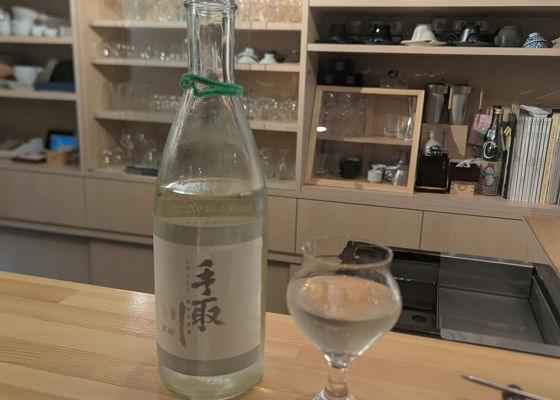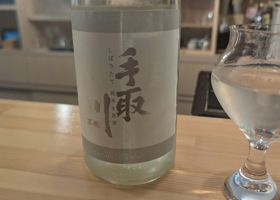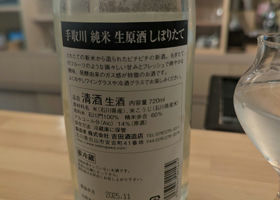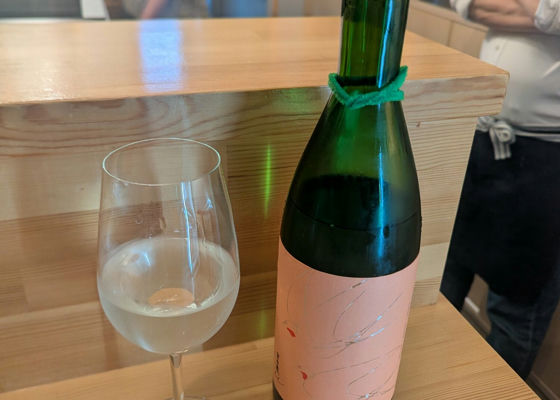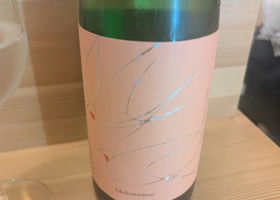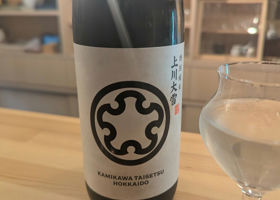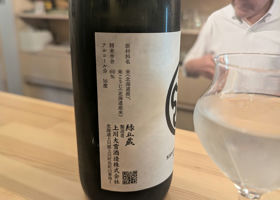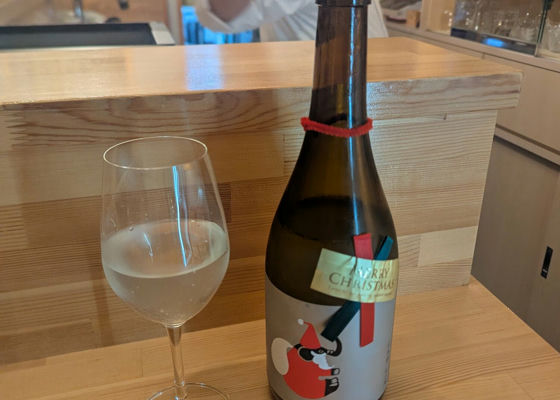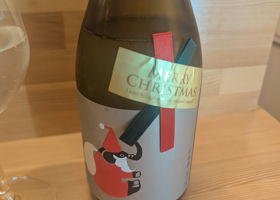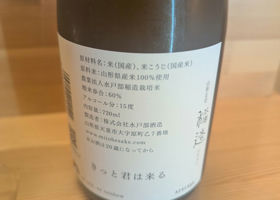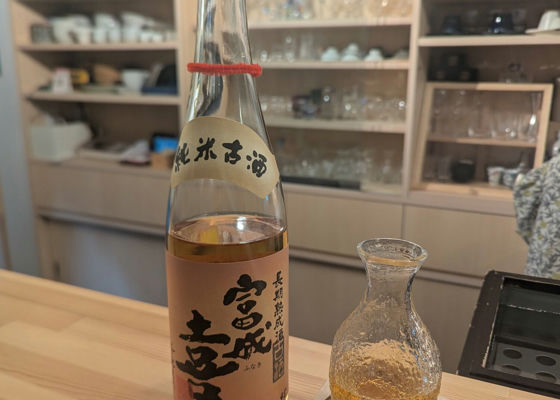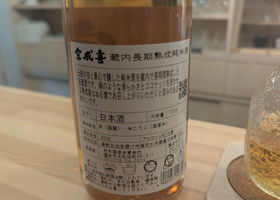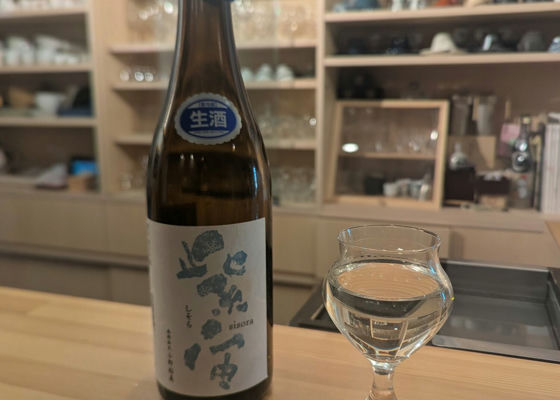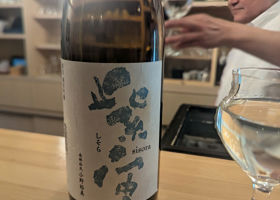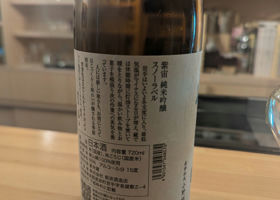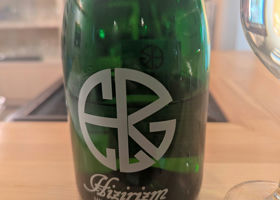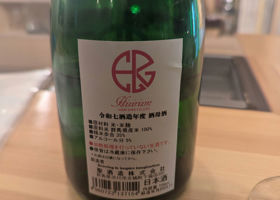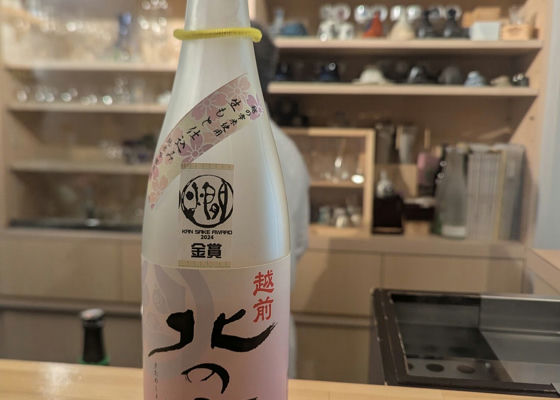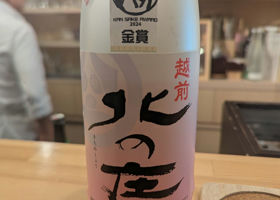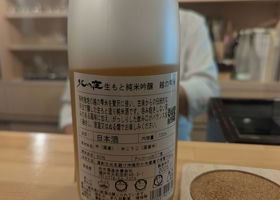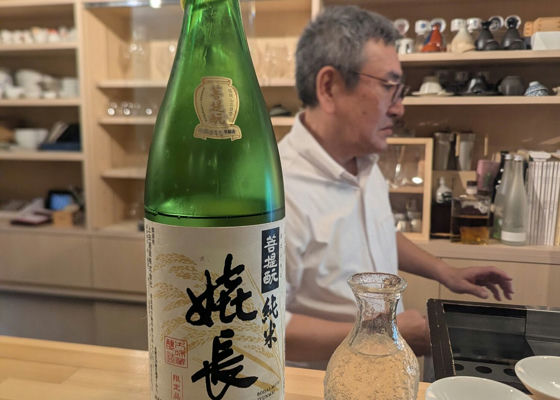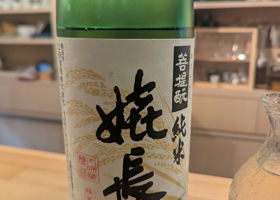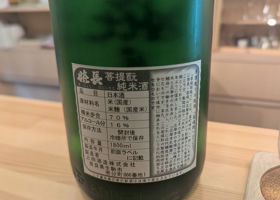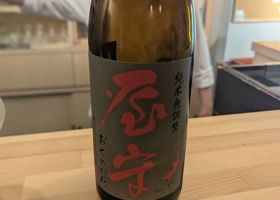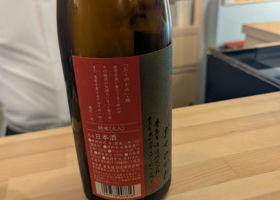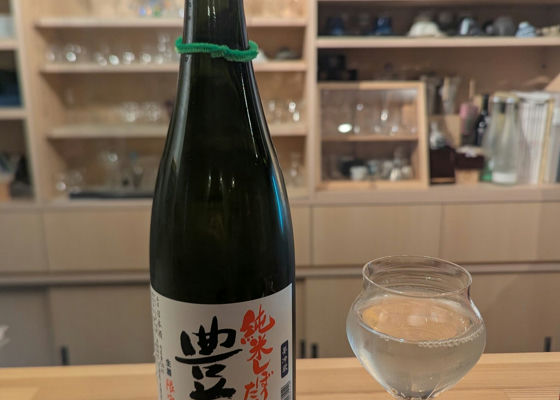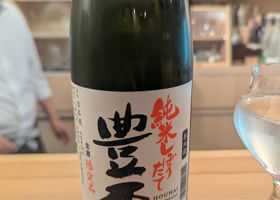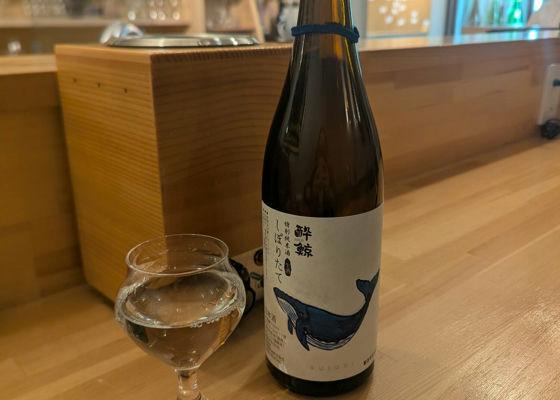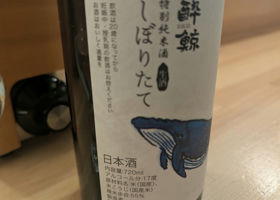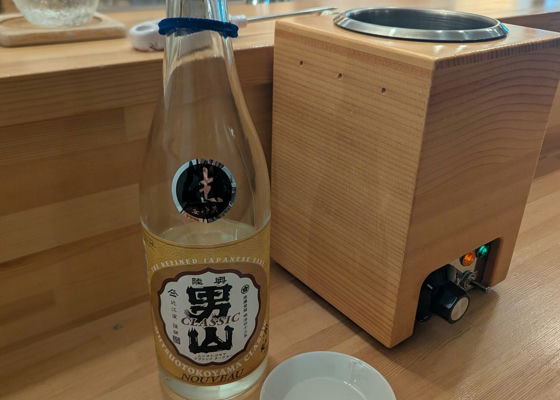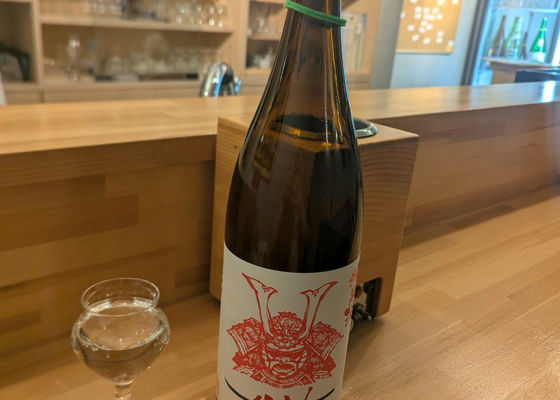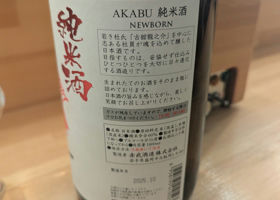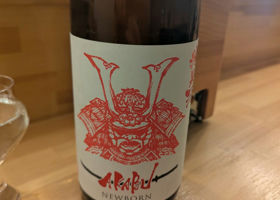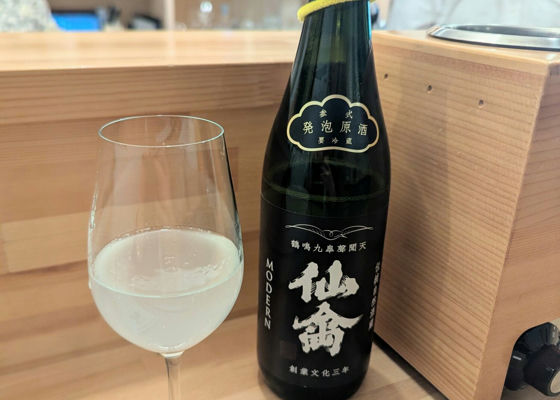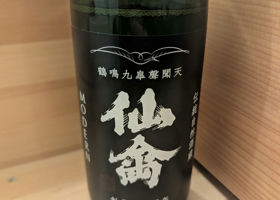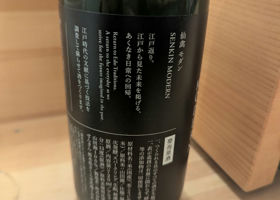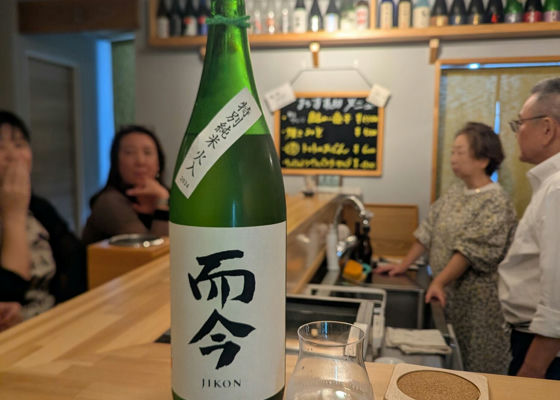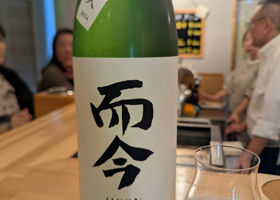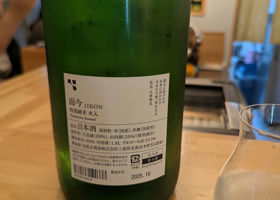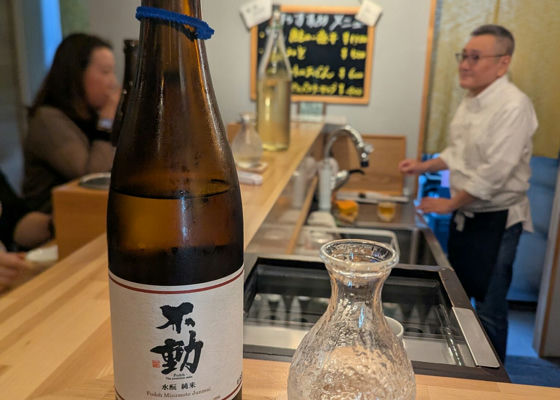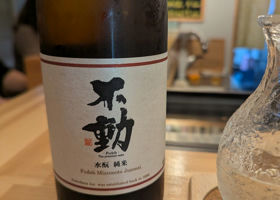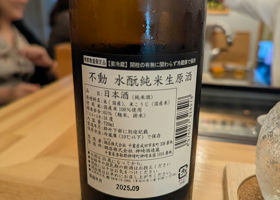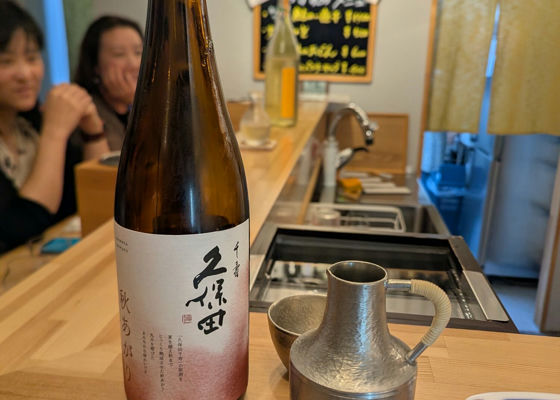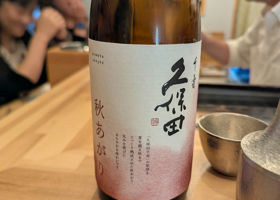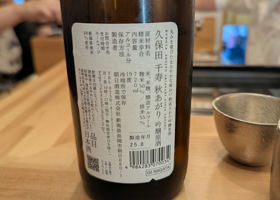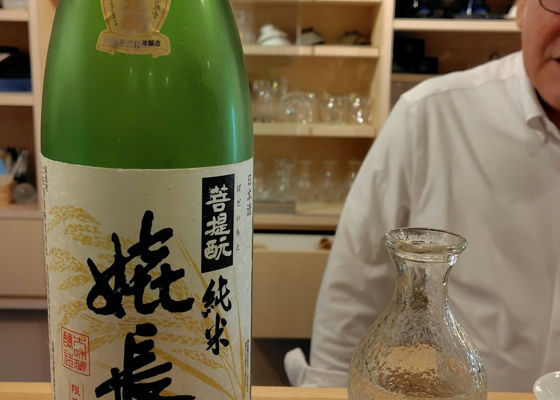Timeline
南十字輝7/10
New sake from Tedorigawa.
Fresh sake with a juice-like taste.
It is also low-alcoholic.
Yoshida Sake Brewery seems to be making more and more easy-to-drink sake. 南十字輝7/10
A winter-only version of Yoshidagurau.
It is low-alcoholic, so you can drink it up quickly and comfortably.
It has a sour taste and is easy to drink. 南十字輝6/10
New sake from Kamikawa Taisetsu.
Comet is used.
Slightly sweet and easy to drink.
It was not so hard and soft to drink. 南十字輝7/10
Inazo Christmas label for Christmas.
It was a mouth opening so it was slightly fizzy, lightly cloudy and dry. 南十字輝6/10
I had this full-bodied old sake warmed up.
I thought it might not need to be warmed up too much, but it was a sake that could be drunk in a nostalgic way. What do you mean? 南十字輝7/10
Miyamanishiki in purple space.
Refreshing and gentle. And sweet on the palate.
You have been releasing high level sake for a long time. 南十字輝6/10
Wow, it's the end of the year already! I'll have to keep a record of this soon.
Here's a quick note.
This is from the test brewing at St. John's.
M-310 yeast is used.
It was a delicious muscat-like sake. 南十字輝6/10
The owner's souvenir sake from Fukui.
It was the first time for me to drink this sake, and I guess Koshinoshizuku is Fukui Prefecture's sake rice.
It had a very robust taste. 南十字輝7/10
This is a classic sake to be served warmed.
It is a middle-bodied sake, so it is much mellower when heated.
Recommended. 南十字輝7/10
Gray red in this season?
Well, it's okay because it's delicious.
Sake with a pleasant softness and umami. 南十字輝7/10
Toyobai's new sake.
This is delicious every year.
It is fresh and rich at the same time.
A good sake. 南十字輝6/10
This is also a new sake.
It has a freshness of drunken whale.
The dry finish is as expected of a drunken whale.
The taste is as expected. 南十字輝7/10
I wonder if this one will be a new sake honjozo.
Surprisingly, it is a vinegar-iso type with a strong aroma.
It has a sweet and refreshing taste. 南十字輝7/10
NEW BORN is always delicious every year.
It has a light taste, but it's well-balanced. 南十字輝6/10
I wonder if "san-shiki" means foam.
Sentori is getting more and more Eva-like. 南十字輝8/10
After the warmed sake, I drank Jikin, which I don't understand.
The Senju sake was too much for me to drink, and that was the end of the day.
I don't need to tell you how good it tasted. 南十字輝6/10
Unshakeable mizu-hashiroku type.
Strong acidity.
I had it warmed up, but I didn't like it if the temperature was too high.
I would prefer it at a little over 40 degrees Celsius. 南十字輝6/10
Senju's Autumn Agari.
I drank it for the first time in a while and got drunk even though it was the first glass. Is it because it was the first drink?
It has a strong umami flavor. RecommendedContentsSectionView.title
